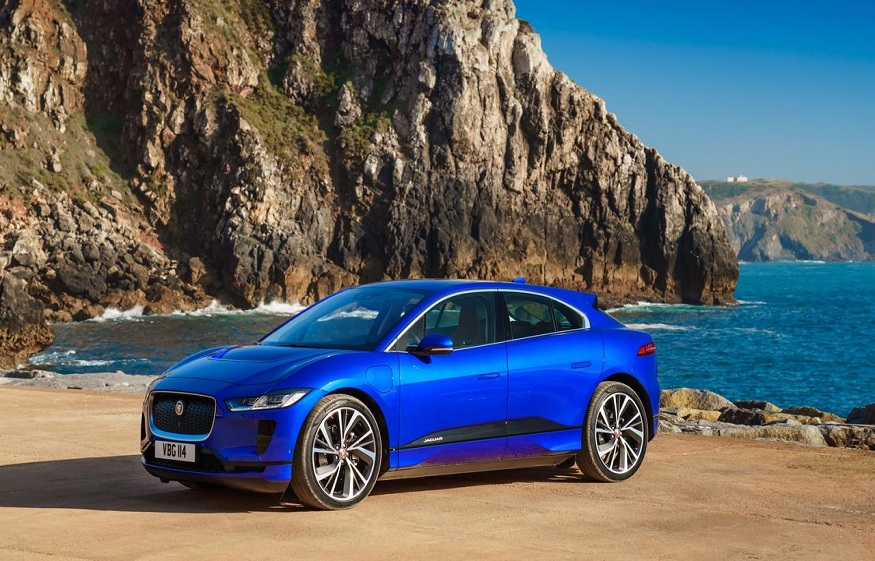Electric vehicles are increasingly entering the lives of citizens, but it is a fairly long learning process and development.
All manufacturers are investing in electric and autonomous vehicles, but for the moment the vehicles do not generate the same benefits as thermal vehicles according to a report by Alix Partners Consulting.
This development spending is taking place as automakers struggle with rising raw material costs and a global shortage of semiconductors.
Also, the R&D phase can take longer because automakers have had to rethink everything. In the case of thermal cars, most equipment manufacturers work from an existing chain and therefore already have a large number of components. When they develop a new model, for example, they are simply evolving their design by adding a few new features. On the other hand, electric vehicles start from a blank page.
The R&D, innovation and accelerated learning curve of rapid iterations required at this stage can be streamlined by digital manufacturers such as Protolabs, which offer rapid prototyping and small-batch production – advantages that suit well to the iterative development process of R&D. Digital vendors can help by offering a wide range of products and services, from components, from connectors, terminals and charging sockets to sensors, wireless solutions and power distribution units, to name just a few applications.
The rise of electric and autonomous vehicles
Electric vehicle automakers
Electric vehicles are entering the future, with electric offerings from established automakers like GM and innovative start-ups like Rivian. Chart: Wearethewriters
Bringing together car manufacturers and tech companies.
As automakers shift to EVs and autonomous vehicles (AVs), technology companies are now playing an important role in this ecosystem. Investors have long viewed electric car pioneer Tesla as a technology company, and its stock price has been buoyed by its consistent superiority in the cost of batteries, software and the profitability of its electric cars.
Examples of tech’s presence in cars are plentiful: voice-activated navigation, live media streaming, head-up displays, rear cameras, lane keeping and parking assist, and other technologies that enhance our driving experience. driving and make it safer.
Automakers are also partnering with technology companies, in some cases taking on the role of contract manufacturer. In 2019, Fiat Chrysler partnered with Google spin-off Waymo to produce up to 62,000 self-driving hybrid-electric minivans. Waymo has also partnered with Renault and Nissan for a fleet of robot taxis in France and Japan.
You see this trend everywhere, even in car advertisements. Even the big annual CES show in Las Vegas, which usually showcases the latest in consumer electronics and technology, has been dominated in recent years by the automotive industry.
A great example of what technology companies are bringing to the automotive sector is the concept of the connected car. Recently, Tesla had problems with the brakes of one of its models. As a result, Tesla sent a software update – a software fix – to all affected cars and the problem was fixed overnight. Compare that to the amount of time and money it would take to recall a standard car.
This kind of breakthrough technology, whether it’s EVs and AVs themselves or related products like batteries and charging stations, is getting to market faster through digital manufacturing. From large automotive OEMs, technology-driven start-ups, to trusted Tier 1 automotive suppliers, all of these companies are backed by responsive and agile manufacturers that deliver rapid iteration, low-volume production and fast turnaround, quality assurance systems, etc.
A desire for infrastructure
In all the discussions about EVs and the future of mobility, we forget to talk about the infrastructure needed to make the widespread adoption of EVs a reality. Residential vehicle chargers are required. It takes an extensive network of commercial charging stations, like gas stations, across the country. This is reminiscent of how Ford Motor Company understood early in its vehicle history that service stations and gas stations were necessary to keep early Model Ts running on the roads, as was the case at the time.
Digital manufacturers are ready to supply the components needed for things like battery packs, energy storage and charging stations, and light detection and ranging (LIDAR) cameras for electric vehicles, as well as more traditional auto parts like seals and sound deadening technologies.
” While cost is still a factor, raising awareness will partially address this range issue ,” said Stephanie Brinley, industry expert at IHS Markit, recently. “ There is no reason why a consumer cannot adapt to an electric vehicle ”. True, but it would certainly help if easily accessible charging stations were also present.
As a result, this need for infrastructure has spawned hundreds of companies that see opportunities in this segment.
In addition, the big car manufacturers themselves are getting into it. GM recently announced the creation of two new Ultium Cells LLC battery plants in the United States (the location of which was not disclosed), in addition to the two plants already under construction in Ohio and Tennessee. Volkswagen is adding six battery manufacturing “gigafactories” in Europe, which will open by 2030.
The rise of commercial and industrial vehicles
The commercial, industrial and fleet segment of the automotive industry is often overlooked, despite representing a significant share of vehicle sales for manufacturers and other OEMs. Heavy machinery companies such as Komatsu, Caterpillar and Volvo Trucks are already using autonomous heavy machinery vehicles in mines and other operations around the world.
As EV investment and development continues, most industry observers say the technology for autonomous vehicles will take longer to develop and launch.
That said, major advances have already been made. Autonomous elements are already integrated in your car. A speed regulator? Sure. Lane Keeping Assist? Yes. Facial recognition and adjustment of mirrors and seats based on identification? Sure.
Without eyes. This allows the driver to read or engage in other activities, while responding to an emergency.
“mindless” which corresponds to the fourth stage, high automation, and finally, the fifth stage, which is fully autonomous driving, with humans as passengers and no driver.

